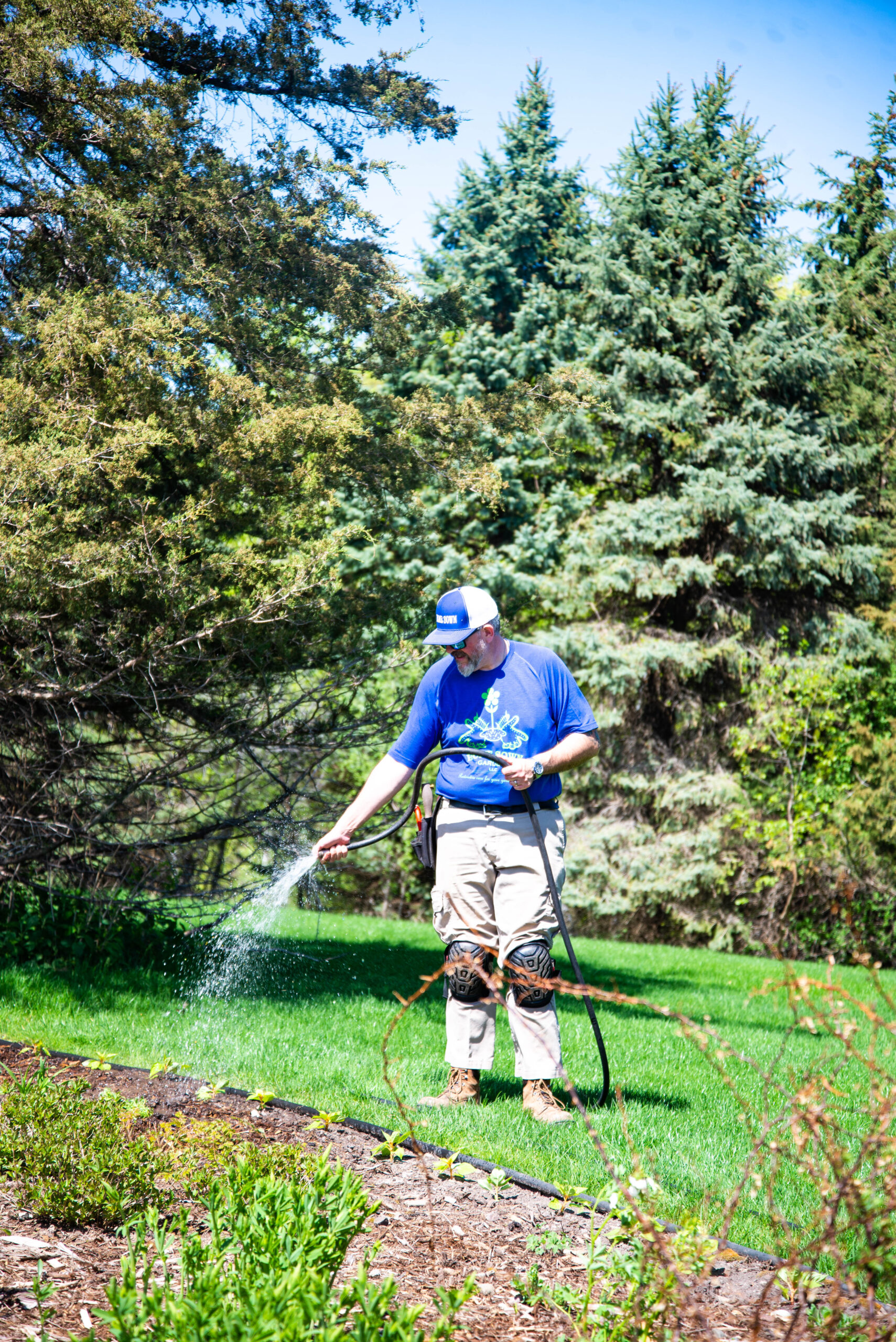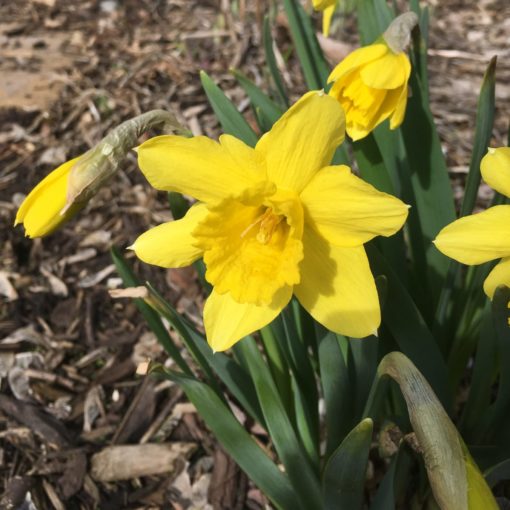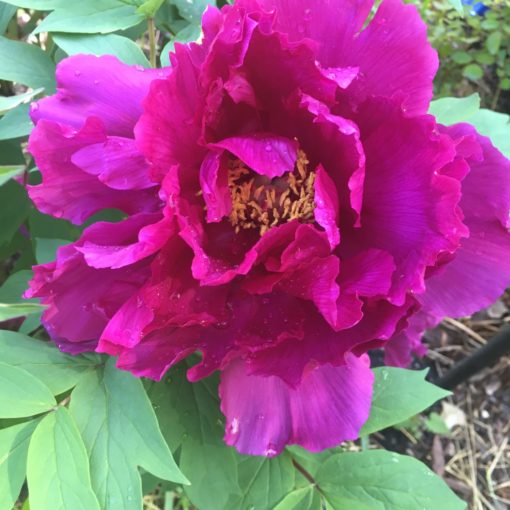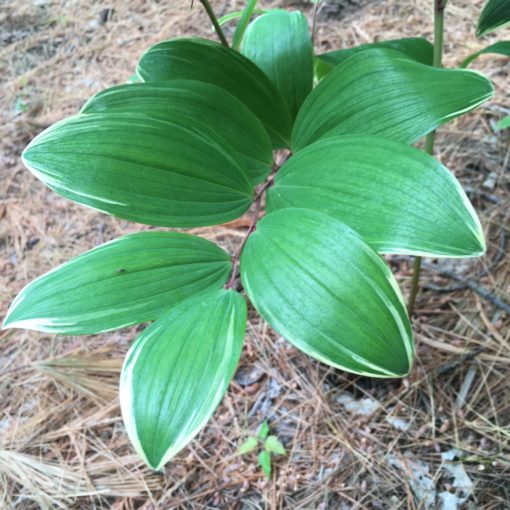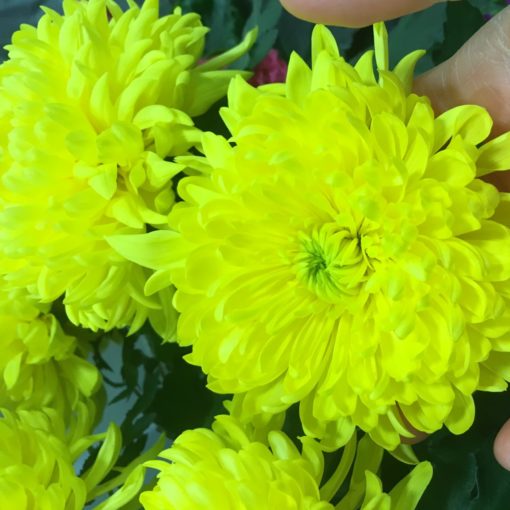If you've read anything from farmers, gardeners, or weather people in the last year or so, you've likely heard about the historic drought that our region has been under for the past few years. Increased temperatures, lower-than-average precipitation levels, and heavy storms that don't allow the soil to soak up necessary moisture before it runs off into rivers, lakes, and streams have left us with parched soil in a major way. While there have been plenty of signs of drought stress in plants and gardens, there are likely going to be longer-term issues that we cannot immediately see this season, while other issues may start to show up now and continue into the future.
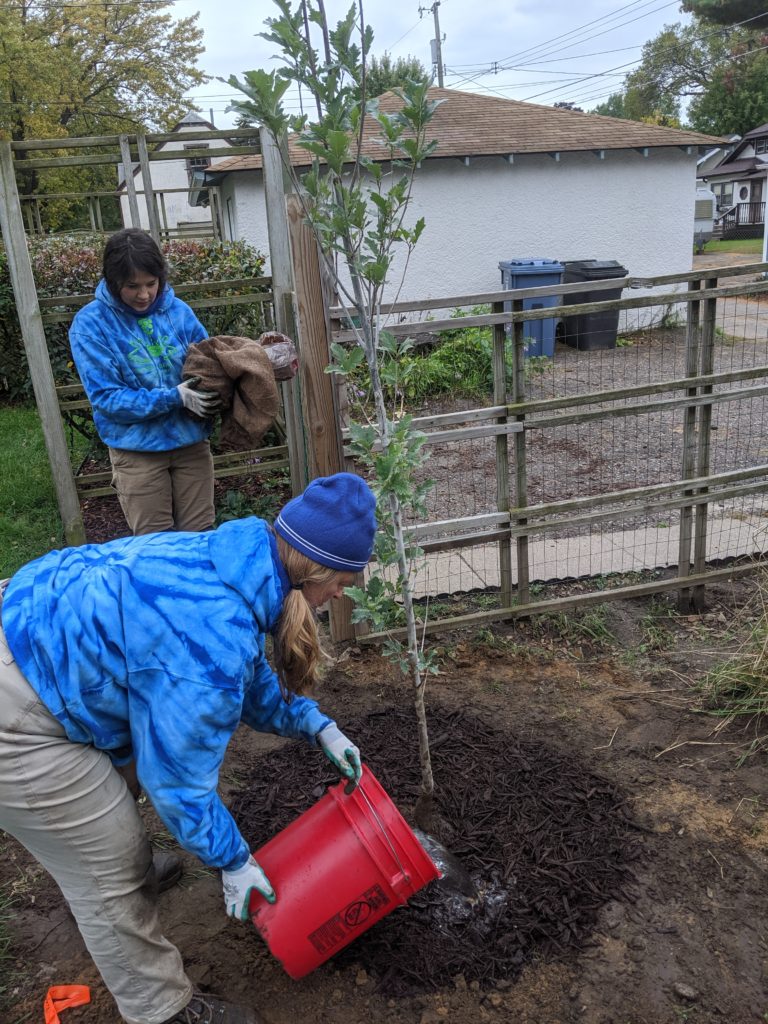
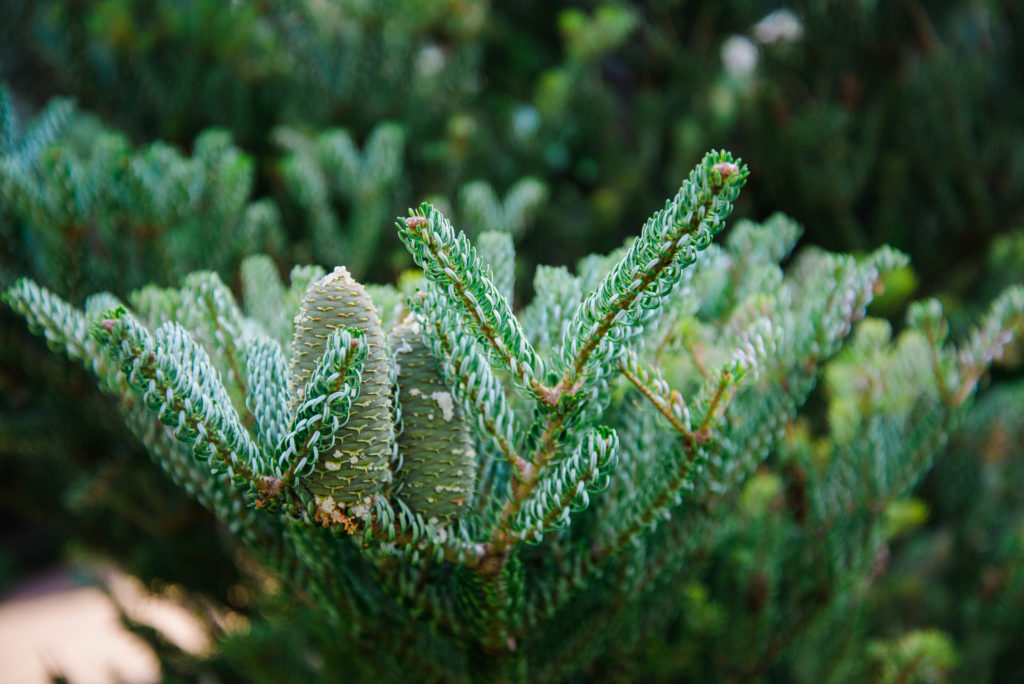
Trees and shrubs will likely be experiencing stress from this drought over the next several years. Evergreens will be especially affected because they don't have the cycle of dropping and regenerating their leaves that deciduous trees have built into their growing season. Because evergreens keep their needles, they require steady moisture levels throughout the year and are therefore more sensitive to drought conditions. Additionally, the loss of needles due to drought can have a huge impact on their health long term as certain varieties of evergreens are not evolved to regrow lost needles within their canopy, focusing instead on new growth only.
Another major impact that drought can have on the landscape is an increased susceptibility to pests and diseases. Any time a plant is stressed by environmental factors, it becomes more vulnerable to other problems or becomes less able to recover from seemingly simple problems. During periods of drought, it is important to do what we can to reduce as much stress as possible for the plants in our landscapes in order to help them remain resilient against additional issues.
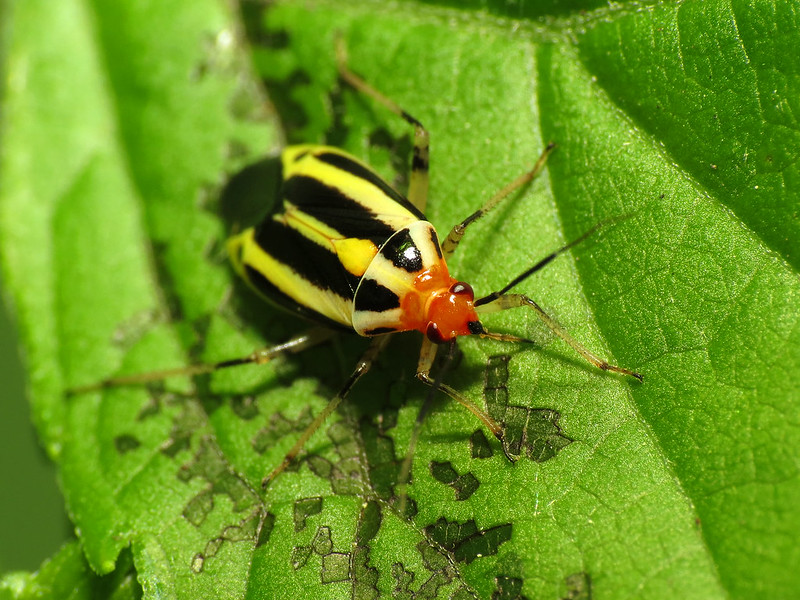
As far as dealing with drought conditions, there are several avenues to take in reducing the impact on our landscapes. When considering what your priorities are in your landscape, it may mean stepping up the care of your existing landscape to mitigate the effects of drought and other extreme conditions. If increasing input is not your preference, it may then be preferable to instead renovate your landscape to introduce native, drought-tolerant species to replace non-native ornamentals that are less tolerant of stress. Both of these approaches have their benefits and drawbacks, and perhaps neither is ideal for you, but perhaps a middle road of replacing the most intolerant plantings with hardier varieties and then increasing the inputs for the remaining landscape can be a happy medium for you. It all depends on what your goals are for your landscape and how you would prefer to manage them.
If you find yourself with more questions about the effects of drought on the home landscape and what you can do as a property owner to help mitigate those effects both in your own property and in the larger region, please don't hesitate to give us a call!

